Venezuela dominates the headlines, but Washington also targets its neighbor Mexico.
Venezuela dominates the headlines, but Washington also targets its neighbor Mexico.
By Tomas Merani*
“Operations related to the country’s security are a matter for Mexico; they cannot operate within its territory,” Mexican President Claudia Sheimbaun said at her regular press conference on Wednesday.
The U.S. Drug Enforcement Administration (DEA) announced an agreement with Mexico on Monday to dismantle fentanyl, methamphetamine, and cocaine corridors along the border. Two days later, Sheinbaum denied the agreement: “The only thing that exists is a group of police officers who were running a workshop in Texas, that’s all there is, there’s nothing else.“
“What must be made very clear to the people of Mexico is that the President will never jeopardize sovereignty, never. And that we collaborate, we coordinate, but there will never be subordination,” the Mexican president said Wednesday.
The US military redeployment from the southern border
The U.S. military deployed more than 4,000 Marines and sailors to the southern Caribbean Sea on Thursday under the guise of combating drug cartels. The deployment includes the Iwo Jima Amphibious Ready Group and the 22nd Marine Expeditionary Unit, a P-8 Poseidon reconnaissance aircraft, several destroyers, a nuclear-powered attack submarine, and a guided-missile cruiser, the Department of Defense said.
The USS Iowa Jima, along with the USS San Antonio and the USS Fort Lauderdale, could reach the coast of Venezuela on Sunday, the British news agency Reuters reported, citing anonymous sources.
On Inauguration Day, Donald Trump ordered a modification to the Unified Command Plan to assign Northern Command the specific mission of “sealing the borders and maintaining the sovereignty, territorial integrity, and security of the United States by repelling forms of invasion, including illegal mass immigration, drug trafficking, human trafficking, and other criminal activities.”
Donald Trump is redeploying US militarism in Latin America as part of a strategy to dominate the vital space the region represents in the face of advancing multipolarism.
The DEA’s interference, the Navy’s deployment in the southern Caribbean, and the reinterpretation of the Army’s powers are part of the renewed Monroe Doctrine and are symptomatic of the United States’ decline as a global hegemon.
On August 8, Donald Trump signed a directive to the Pentagon to begin using military force against certain drug cartels in Mexico, Venezuela, Haiti, and El Salvador that his administration designated as terrorist organizations in February.
Since its emergence, the United States has tended to construct external enemies to justify its geopolitical interference. This was particularly the case through the “red scare” and the “war on terror.” Now, it is doing so in the name of combating drug cartels in Latin America.
“The United States is not going to come to Mexico with its military. We cooperate, we collaborate, but there will be no invasion,” said Claudia Sheinbaum on the same day Donald Trump signed the directive to the Pentagon.
The United States expanded the number of troops from all branches of the military deployed along the border with Mexico to 7,600 at the end of July, despite a plummeting number of crossing attempts. It also authorized funding for 3,000 additional Border Patrol agents and offered $10,000 signing and retention bonuses.
From the Republican president’s inauguration until early August, Northern Command conducted some 330 surveillance flights over the U.S.-Mexico border. It did so using various surveillance aircraft, including U-2s, RC-135 Rivet Joints, P-8s, and drones, according to military officials.
Imperial doctrine in times of multipolarity
The United States faced increasing difficulties in maintaining its hegemony on a global scale, especially in some Latin American countries, such as Mexico. This immediately translated into an intensification of warmongering as part of the imperialist redeployment strategy.
The division within the White House showed different levels of aggression toward Mexico. “All options will be on the table,” said Secretary of Defense Pete Hegseth in late January. That is the neoconservative position, symbolized by the advance against Venezuela. In April, Donald Trump proposed to Claudia Sheinbaum that she allow the United States Army to combat drug cartels in her country, and she rejected it. The proposal seemed to be aimed at the MAGA (Make America Great Again) movement. America Great Again), the far-right core that brought him to power. The increasing militarization of the southern border appeared to be directed at them.
The role of the Deep State, the permanent power network comprised of the US military, security, and intelligence apparatus and embodied by neoconservatives, should not be underestimated. The DEA, an intermittent operator in Mexico, is part of this web.
The redeployment of the United States’ imperialist strategy began with a recognition of the multipolar reality. Previously, this recognition was implicit. Since the Alaska Summit between Donald Trump and Vladimir Putin, it has become explicit.
In 1960, the United States economy accounted for 39% of global GDP, compared to China’s 4%. In 2024, the United States accounted for 24% of global GDP compared to China’s 18%, according to the International Monetary Fund (IMF).
The BRICS+ group went from 25% of global GDP in 2010 to 39% in 2024, while the G7 fell from 35% to 29% over the same period, according to the same source. All three figures reflect the historical and spatial transformation of the global system.
Mexico represents a strategic location and shares a 3,000-kilometer border with the United States. It has the largest economy in Latin America, with a GDP of $1.79 trillion. Its economy is closely linked to the United States, while China has become its second-largest trading partner, with a volume of $100 billion.
Chinese foreign direct investment in Mexico increased from $13.6 million in 2008 to $477 million in 2024. Mexican Foreign Secretary Juan Ramón de la Fuente participated as an observer in the XVII BRICS summit in July after receiving an invitation from host Luiz Inácio Lula da Silva.
The Maya Train, Mexico’s most important railway infrastructure project promoted by Manuel López Obrador, is key to transforming the Isthmus of Tehuantepec into a new bi-oceanic passage between the Atlantic and Pacific oceans. China is interested in the project. The Panama Canal, under threat of US intervention, could be sidelined.
The imposition of tariffs on Mexican imports is the other side of the imperialist strategy in Mexico. Donald Trump used this policy as a means of pressure to impose conditions on other countries, while simultaneously attempting to halt and reverse the process of industrial weakening in the United States. This latter phenomenon appears irreversible.
Since taking office for a second term in January, Trump has repeatedly pressured the Sheinbaum government to stem the flow of immigrants and drugs across the shared border between their countries.
Even with the 90-day pause, Mexico still faces a 25% tax, dubbed the “fentanyl tariff” by Trump, on all products outside the United States-Mexico-Canada Free Trade Agreement (USMCA, formerly NAFTA).
The USMCA, established in 2020, disrupted Mexico’s ability to consolidate comprehensive development through the domestic market. Instead, it became subordinate to a model aimed at guaranteeing the profits of global corporations and increasing its dependence on the United States and its institutions of global order.
Faced with a possible revision of the agreement, Donald Trump is pursuing an offensive strategy aimed at imposing conditions that strengthen U.S. dominance over Mexico and Canada.
The imperialist strategy in Mexico not only ends there, but is an example of discipline under the Monroe Doctrine for Latin American countries, especially those perceived by the United States as a threat.
The period of empire decline, characterized by systemic chaos, simultaneously opens up the possibility of internal political construction as a “third way” in the face of the conflict between the poles of global power.
Tomas Merani* Member of the PIA Global editorial group
This article previously in spanish on Pia Global here. Translation by UWI.
Cover photo: lasdrogas.info/



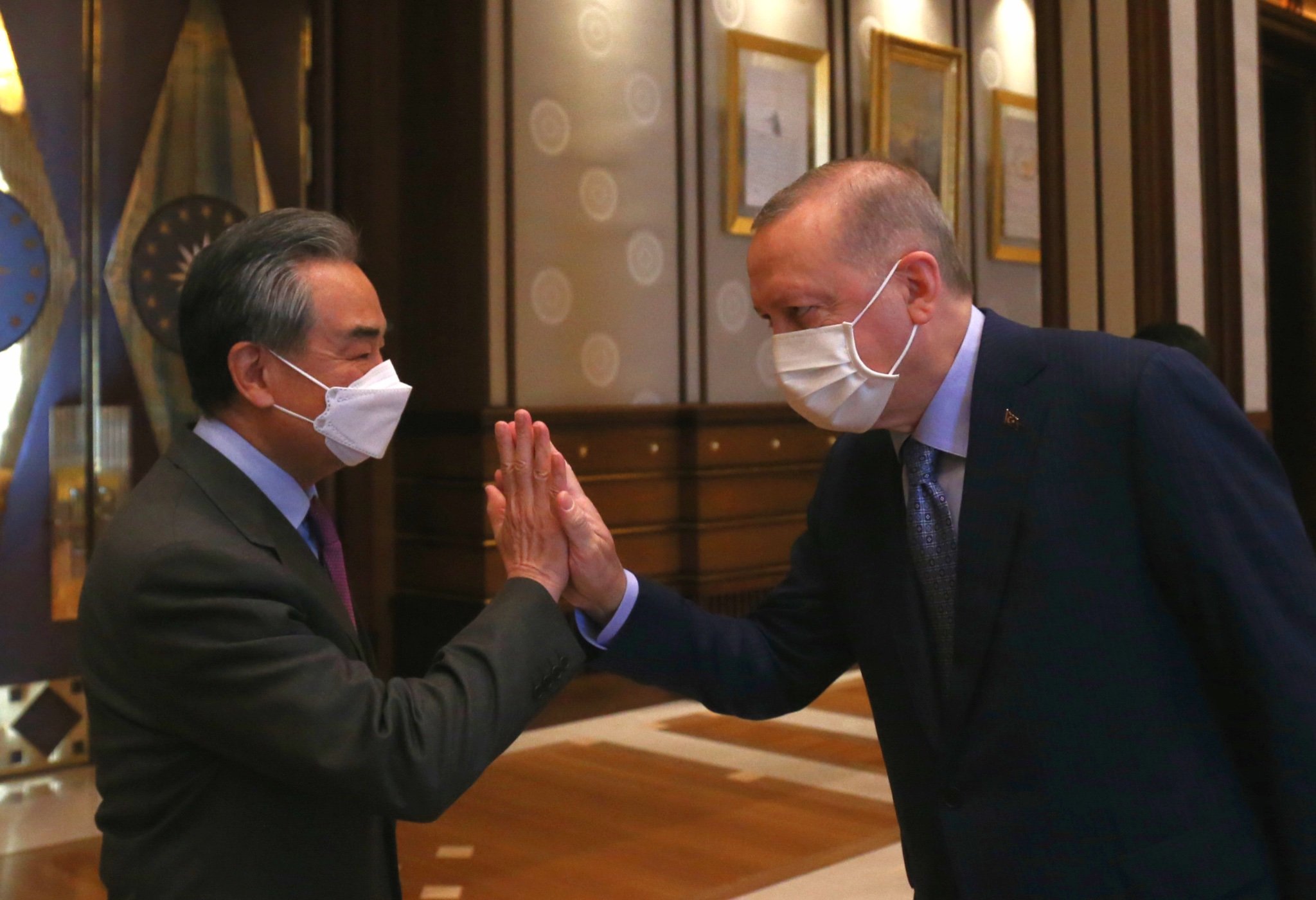
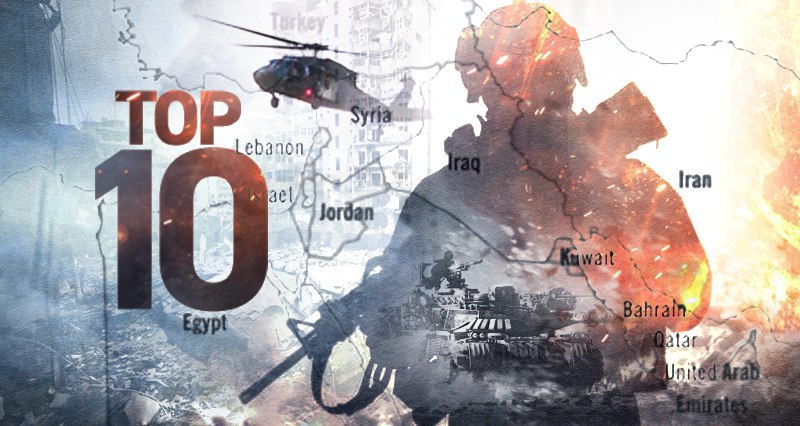


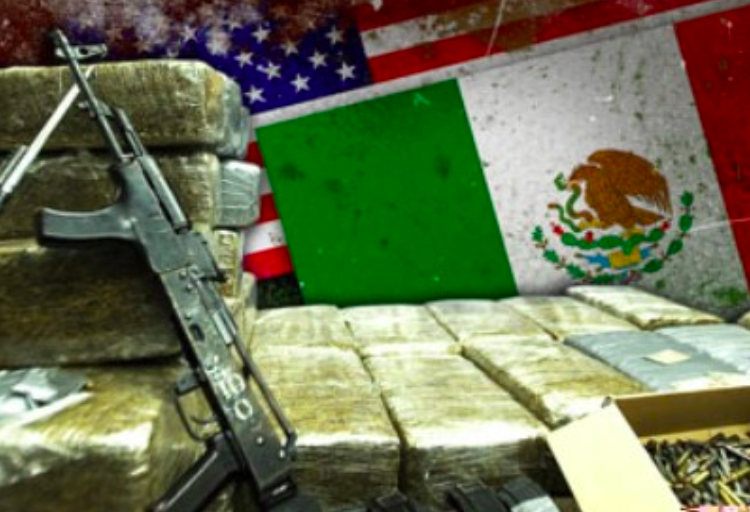
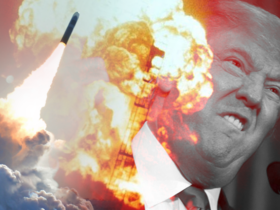
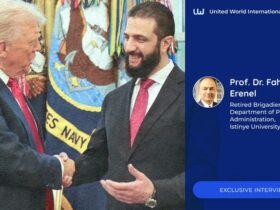


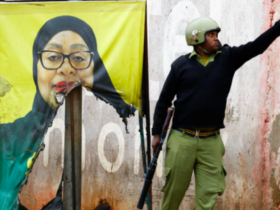

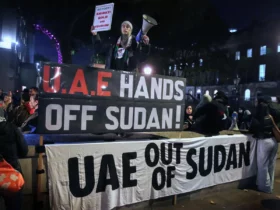

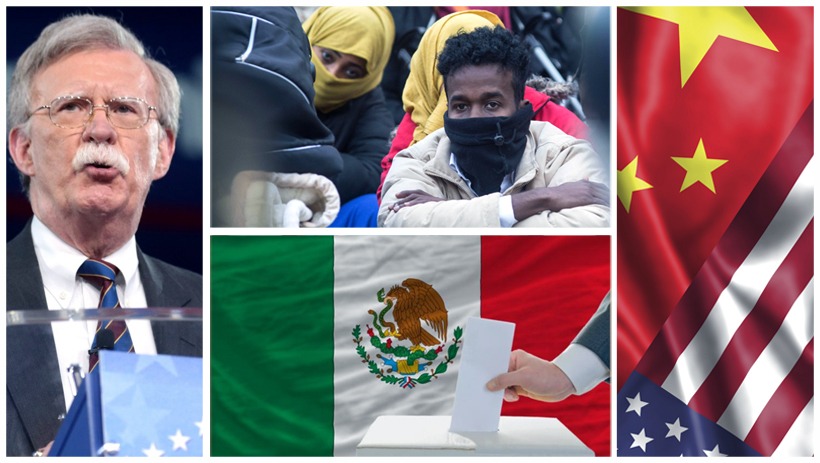
Leave a Reply